
Many non-governmental organizations (NGOs) are taking proactive steps to help protect and heal natural areas, and us with it.

We take a closer look at the current environmental issues in the U.S., how it may be exacerbating these problems and what the country may do to resolve them.
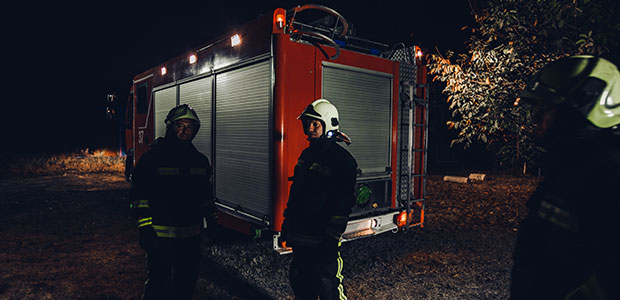
A recent New York Times article reports that most of the fires are finally out in New South Whales, but there are still more to address.

The finalized version of the water rule aims to clarify water resources management in the US under a provision of the Clean Water Act of 1972. EPA makers of the rule call it a new definition for “waters of the United States.”

Now, builders will be forced to consider climate change, including rising sea levels, in order to win government approval for projects.

A $4.5 million grant was given to the University of Oklahoma (OU) to study climate extremes such as droughts, floods, and heat waves

Despite the mixed opinions already flying in response to TIME’s 2019 person of the year, one thing is indisputable: this teen activist has been incredibly impactful all over the world this year.
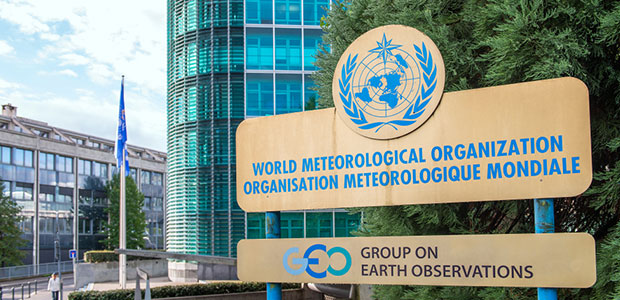
At the COP25 this week, the World Meteorological Organization (WMO) issued its annual report on the state of global climate change. The data-heavy results are notable, and alarming.

Today, HP Inc. hosted a sustainable impact summit in Nashville, and it had some exciting environmental news to share. Not only is it focusing more on recycled materials, but it announced its first carbon neutral printing system.
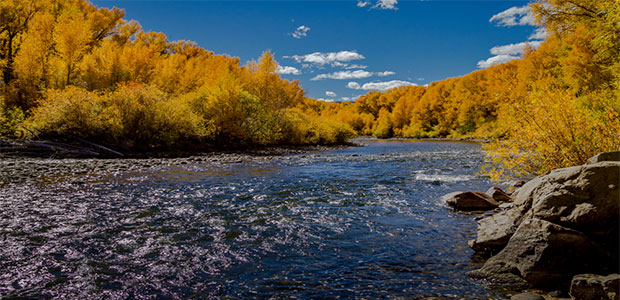
The EPA and the state partner with the agriculture industry to restore watersheds in the Lower Arkansas and Lower Gunnison River basins.
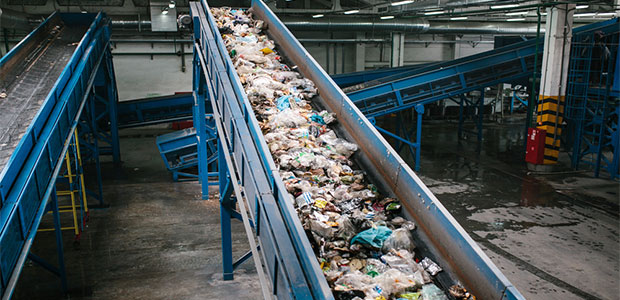
As of September 27, OSHA signed an alliance with the National Waste & Recycling Association (NWRA) and Solid Waste Association of North America (SWANA). The goal? To better protect workers in the waste industry.

Environmental experts believe we can still halt a mass environmental catastrophe – if we act fast. Read about the main ways experts say the world can curb emissions.
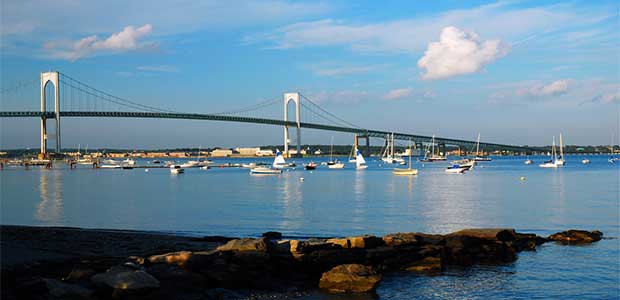
Last week, the EPA announced a WIFIA loan to the Narragansett Bay Commission (NBC) to help reduce pollutant discharges into Narragansett Bay. The first of its kind in New England, the loan will help protect public health and ecosystems as a part of the Combined Sewer Overflow (CSO) Phase IIIA Facilities Project.
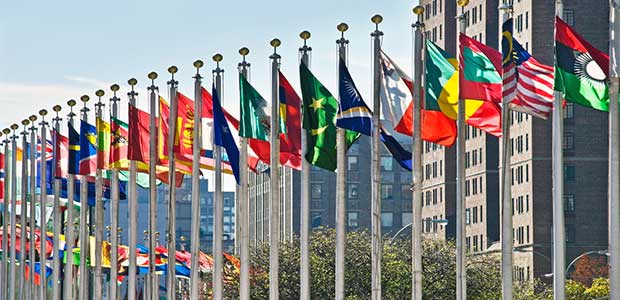
This week, the United Nations headquarters in New York will host the annual United Nations General Assembly (UNGA). The 2019 priority is one that is not unfamiliar: the world’s climate emergency.

The Global Climate Strike is expected to be one of the biggest in the history of environmental protests, and it is fueled by young people concerned for their future.

The Rainforest Action Network (RAN) recently shared a couple different ways bystanders can help the Amazon Rainforest that is ablaze. The options include supporting both environmental and indigenous communities.

As increased energy consumption cancels increased energy efficiency efforts, the future of global water sources seem to be taking a different path.
Experts participating in the Security and Environmental Crime conference issued a 15-point call for action to raise awareness and encourage greater involvement by the global community.
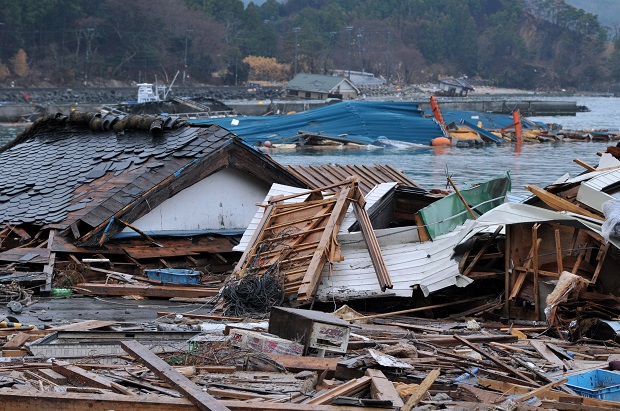
North of the San Andreas Fault is the lesser known and far more insidious subduction zone running 750 miles from Vancouver to Northern California.
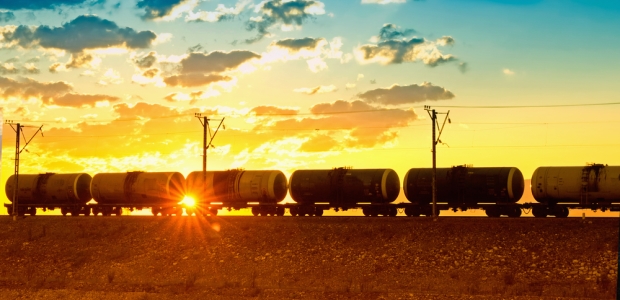
The American Chemistry Council has asked Congress to pass bipartisan legislation that will improve current freight rail policies.